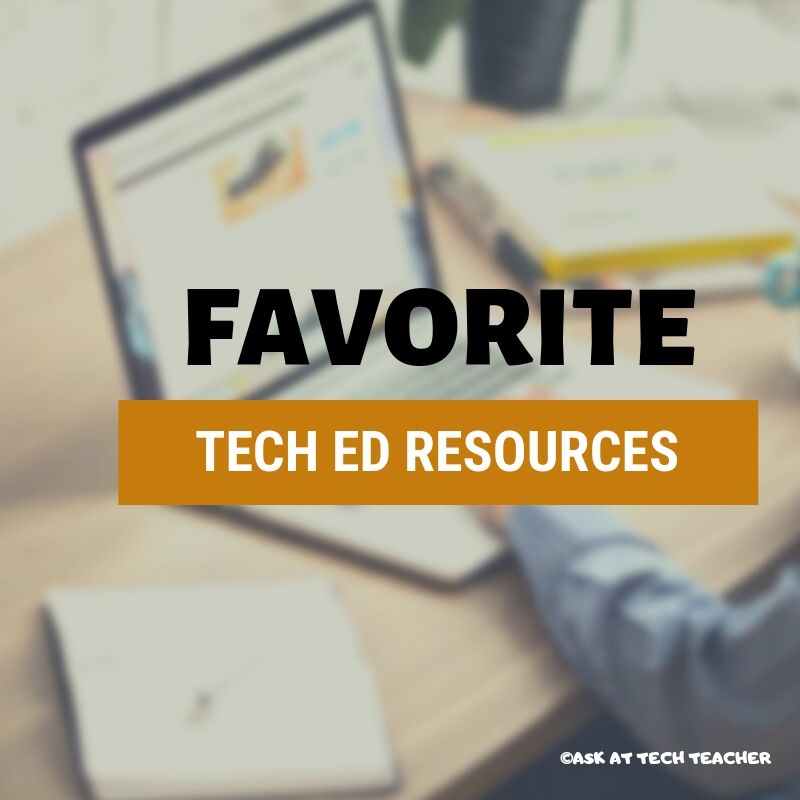Blogging has become de rigeur in the Grade 3-8 classroom. It is flexible, scalable, and encourages diversity in both learning and teaching. Handled right, blogs can be used for pretty much any need that arises in the classroom. It has the added benefit of being an activity that students want to do. They like that it’s online, with lots of multimedia options, and a focus not on writing but communication.
I decided to track the skills I teach through blogging. When I started, I had seven, but as I continued, it exploded to this long list that I’m adding to even as I write this post. Read through these, tell me other ways you use it in your class:
Collaboration
Students collaborate on blogs when they comment on the ideas of others. They can also take it a step further by collaborating on the blog itself. Be co-owners of the blog, themed to a particular topic, and work together to fulfill goals.
Developing a profile
Blog profiles must be pithy, concise, and clear. What a great way for students to think through what makes them who they are and share it in as few words as possible. I am constantly reworking my own as I figure out a better way to communicate the gist of who I am.
Differentiation
There are so many communication options in blogging–well beyond the stalwart written word:
- text
- images
- videos
- clip-art
- gifs
- how-to whiteboard videos
- embeds
- screenshots
- links
Students learn to select the strategy that best suits their purpose and audience, as they seek to connect with all types of learners. It matters less what they use than that it is the right tool for the purpose. That’s differentiation.
Digital footprints
Students want to blog because it puts them online, but before they begin, they must understand the concept of ‘digital footprint’. With that as the entry ticket to getting online, they listen and then practice with every post they publish. Listen, try, edit, try again, edit again–they come to understand the right way to do online communication.
Embedding information
This is always a tricky concept for students. Maybe it’s because it tiptoes through html and coding–still considered by many as something they can’t do. Blogs provide an opportunity to embed so many fun webtools–Wordles, Animotos, Tagxedos, timelines–that students will want to figure out this geeky skill. That’s the first step to learning: Wanting to do it. Once desire is kindled, students will slog through the nerdy stuff to embed a fun Voki–and discover it’s not so bad. Which means they’ll do it more often.
Keyboarding skills
Though blogs use many media, their essence remains text. Students must be good at keyboarding to efficiently use blogs. That’s a good thing.
Perspective-taking
Because blogs are published to the world, students will quickly realize that they are better received if the student shows an understanding of life outside their personal bubble. Their opinions and attitudes are honed by their life and circumstances. Writing a post that reflects that perspective while accepting others have not walked in their shoes is powerful. As it is with commenting on others’ posts. This is essential to good blogging. Students who want to blog will accept this requirement, and eventually own it.
Protect Privacy
Avatars are a great way to begin the conversation about online privacy. Students love making these quirky, creative images of how they see themselves. A perfect spot to use them that continues the discussion is the blog profile.
Reflection
The root of blogging is journaling. Back in the day, it was a way to share daily thoughts. It’s grown up since then, but remains a personal perspective on topics, issues, discussions (with the critical addition of evidence and relevance–features that exploded blogging’s popularity). Reflection is a task at the core of many lesson plans. It is well-delivered with blogs.
Sharing/collaborating
Kids want to put their entire lives online. After they understand concepts of privacy and safe surfing, blogs provide a way to share ideas, collaborate through posts and comments–even co-own a themed blog.
Spelling
Blogs include those cute annoying red lines that tell you something is misspelled. It used to be just word processing programs had them, but now, they’re everywhere. It takes seconds to correct spelling, but does wonders for an online presence that will follow students through high school, college, and beyond.
Writing skills
Blogs don’t hone all writing skills, just the cogent, pithy presentation of ideas in 300-1000 words. Most students are happy with that mitigated limit. They’ll write-review-edit-rewrite and make a better post.
Adding comments to classmates’ blogs is more writing practice. Students must stay on topic, provide evidence from the post they’re commenting on, understand the perspective of the writer, understand their position enough that the commenter can offer his/her thoughts on that, and make the response quick and purposeful. That’s a lot of learning in a few sentences.
Here’s the sign-up link if the image above doesn’t work:
https://forms.aweber.com/form/07/1910174607.htm
Jacqui Murray has been teaching K-18 technology for 30 years. She is the editor/author of over a hundred tech ed resources including a K-12 technology curriculum, K-8 keyboard curriculum, K-8 Digital Citizenship curriculum. She is an adjunct professor in tech ed, Master Teacher, webmaster for four blogs, an Amazon Vine Voice, CSTA presentation reviewer, freelance journalist on tech ed topics, contributor to NEA Today, and author of the tech thrillers, To Hunt a Sub and Twenty-four Days. You can find her resources at Structured Learning.







































Blogging seems like a great way to teach these skills. I wonder if it could be used to teach secondary languages as well?
That’s a clever idea, Thomas. I have used it for a lot of learning so I’d say: Why not?
What platform do you use? Ever since Google took Blogger away by making it for 18+ only, I’ve been using Google Sites instead and I miss blogs!
Edublogs and Seesaw should work for you. And the follow-on to Kidblog, Fanschool.
What a great learning/teaching tool. I used to love reading student blogs in the Student Blogging Challenge. I don’t think it’s been held since Covid struck.
I used to participate in that, also. The kids who got into it were great.
They sure were. 🙂